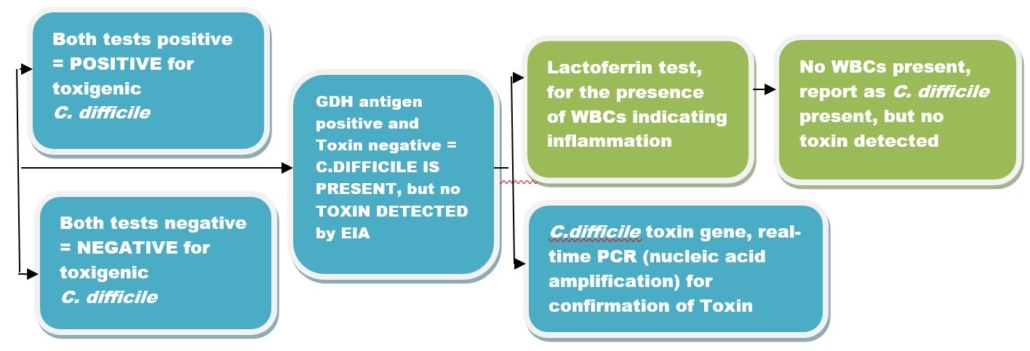NICL Laboratories is introducing new technology to Microbiology in May 2022. The new technology is MALDI-TOF or matrix assisted laser desorption/ionization-time of flight, and it will be performed on the Bruker Sirius ONE MALDI Biotyper® CA System.
This technology uses high mass spectrometric resolution to rapidly and accurately identify microorganisms in a matter of minutes after isolation of the organism.
RAPID IDENTIFICATION
Turnaround time for this method is equivalent to a gram stain, but unlike a gram stain it provides definitive identification (ID) of the microorganism with over 98% certainty. The accuracy of this methodology is comparable to nucleic acid sequencing, but it is more cost effective and easily accessible, as it doesn’t require nucleic acid specific testing materials or kits and a longer time to results. If the organism requires specific resistance classification the report will indicate so, and a preliminary identification will be reported, with the organism and resistance reported later.
Included in this method’s compendium are organisms such as Candida auris, a deadly yeast, which is primarily only identifiable via this method. Historically, Candida auris has been transferred to a reference laboratory for identification, adding up to 48 hours to turnaround time.
Blood Cultures and Sepsis
The MBT Sensityper® test will also be available, and when used with the Bruker MALDI Biotyper® allows for identification of the organism directly from a positive blood culture bottle. When the bottle is flagged as positive, this method will allow us to provide a sample for identification on the MALDI in 15 to 20 minutes. This will effectively reduce the turnaround time for organism ID from a blood culture by up to 48 hours.
NICL Laboratories also has a PCR method available for a small menu of organisms, to provide antimicrobial susceptibility test results within a few hours of organism isolation and identification, and it can now be performed in a more selective manner, based upon the organism identified.
Antimicrobial Stewardship
Rapid organism identification from a culture bottle or a culture plate will provide for focused antimicrobial treatment and intervention. Coupled with NICL Laboratories annual MASTR™ report, the Bruker MALDI Biotyper® will assist the Infection Surveillance personnel in appropriate antimicrobial utilization. It will also provide for early determination of contamination, reducing the use of needless treatments.
Use of Broad Spectrum Antimicrobials and intravenous (IV) antimicrobials is very expensive. The use of PIC line and Midline catheters adds to the cost. The cost of use of Daptomycin over the period of a month can cost $9-10,000 and other drugs can cost as much as $33,000 for a one-month Medicare A stay. There is also risk attached to the use of these IV methods as they relate to nosocomial infections.
Use of this technology has an added benefit in that the microtiter wells on the plates used for organism ID can now be used to add a larger menu of antimicrobials for each organism identified, and for some antimicrobials, to provide a greater range of microtiters. BRUKER MALDI Biotyper® will help us to provide you with improved antimicrobial stewardship and patient outcomes.
Sepsis impact on Reimbursement
Hospital Acquired Conditions (HAC) such as sepsis, may impact a facility’s reimbursement. Every year the worst performing 25% are penalized by losing up to 1% of their Medicare payments. Targeted treatment may assist in reducing sepsis, and early successful treatment of other nosocomial infections, which will not only improve patient care and outcome, but it can also significantly impact the financial bottom line.





